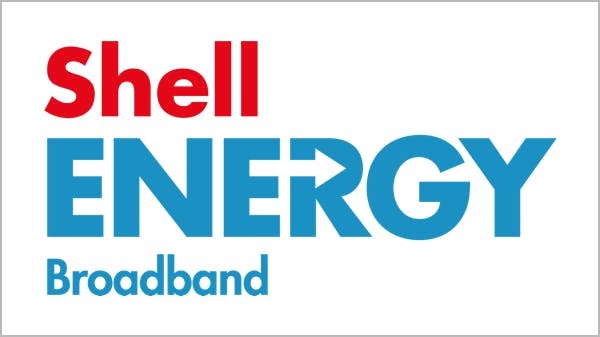What is ADSL?
ADSL broadband is a nicely affordable and widely available way for those all across the UK to access the internet.

ADSL broadband is a nicely affordable and widely available way for those all across the UK to access the internet.
Although ADSL broadband isn’t quite as prevalent as it once was, for a certain subset of the population it still makes for a brilliantly viable alternative to high-speed and potentially quite expensive fibre.
With this guide, we’ll take you through all you need to know about ADSL broadband so you can judge whether or not it’s the right option for you.
What does ADSL stand for?
ADSL stands for asymmetric digital subscriber line.
Is ADSL the same as broadband?
ADSL is a type of broadband that’s delivered straight to your home via the copper telephone lines.
ADSL vs fibre
There’s technically two different types of fibre broadband you can get from your provider, fibre-to-the-cabinet (FTTC) capable of reaching up to an impressive 76Mb and fibre-to-the-premise (FTTP) which could potentially reach up to a blazingly fast 1Gbps.
Both of these are capable of achieving significantly higher speeds than ADSL services because they use advanced fibre optic cables instead of more traditional copper ones which are capable of carrying much bigger amounts of data over considerably larger distances.
Generally speaking, consumers are able to achieve a download speed of up to 8Mb with ADSL broadband which is only really suitable for those incredibly light internet users who just want to send a couple of emails, browse a few websites and do the occasional bit of streaming.
ADSL is also notably cheaper than fibre and much more widely accessible. Less than 1.5 million homes across the UK are linked up to Virgin Media’s own ultrafast network for example, but even the most remote, rural properties have access to BT’s telephone network.
ADSL vs DSL
DSL, or a digital subscriber line, is another variant of broadband that’s delivered straight to your home via copper telephone lines and possess a fairly balanced upload and download speed.
As the name suggests, this isn’t the case with an asymmetric digital subscriber line (ADSL) where the download speed will always be noticeably faster than the upload speed.
While both are typically able to achieve an identical download speed of around 8Mb, a DSL connection will usually be able to provide an upload speed of around 1Mb to 3Mb while an ADSL one will generally offer anything below 1Mb.
Faster uploads speeds mean that DSL broadband is best suited to that specific type of light internet user who, as well as just generally browsing the web and infrequently enjoying streaming services, often carries out activities like video calling which require the transmission of data backup the line.
Like ADSL, DSL is markedly cheaper than a superfast or ultrafast fibre service and enjoys a similarity extensive availability being able to reach those all over the UK.
How much is ADSL broadband?
You should always be sure to use the vast array of different broadband comparison sites available in order to find the best deal, but you’ll probably be looking at paying around £20 to £30 a month for an ADSL broadband package.
Find a Deal
Last updated on the 18th of September at 11:09am with 141 deals.







